Harm Obsessive-Compulsive Disorder (Harm OCD) is a subtype of Obsessive-Compulsive Disorder (OCD) that involves fears of hurting oneself or someone else, despite having no actual desire or intention to do so. Like other forms of OCD, it involves obsessions, which are intrusive thoughts or images that keep showing up and cause distress, and/or compulsions, which are repetitive behaviors or mental acts performed to prevent perceived harm or relieve discomfort. While compulsions may bring relief in the short-term, they actually keep the OCD cycle going by teaching the brain that the only way to feel safe is to follow OCD’s rules.
What Do Harm OCD Obsessions Look Like?
People with Harm OCD often have unwanted thoughts or images about harming themselves or others, either impulsively or accidentally. These thoughts are deeply distressing because they go against what the person truly values and who they want to be.
Examples include:
- What if I hit that person with my car?
- What if I grab that knife and cut myself?
- What if I purposely walked into him and he fell down the stairs?
These thoughts are ego-dystonic, meaning they’re the opposite of what the person wants or truly believes. The distress comes not from wanting to act on the thought, but from fearing what the thought might mean.
Common Harm OCD Compulsions
Because these thoughts feel so disturbing, people often engage in compulsions to reduce anxiety or to “undo” the thought. Compulsions can be mental or behavioral.
Mental compulsions:
- Replaying the day to make sure nothing harmful happened
- Trying to suppress or block the thought
- Reassuring oneself mentally (“I’d never do that. Everything is okay.”)
Behavioral compulsions:
- Checking behaviors, such as getting out of the car to make sure no one was hit
- Asking others for reassurance (“Did I do something bad?”)
- Avoiding sharp objects, situations, or people that trigger fear
Although these actions may bring temporary relief, they ultimately reinforce the OCD cycle and cause symptoms to grow stronger over time.
Harm OCD vs. Suicidal Thoughts
It’s easy to confuse Harm OCD with suicidal thoughts, but they’re actually very different experiences. With Harm OCD, the thoughts are unwanted, intrusive and go against what the person truly wants or believes. These thoughts can be terrifying, upsetting, or even disgusting, and people often try hard to push them away or make sure they’d never act on them.
With suicidal thoughts, the person is usually suffering deeply and wanting relief from emotional pain. These thoughts are typically tied to a desire to escape their pain. Some people with suicidal thoughts do try to push these thoughts away. But the distress comes from feeling torn between wanting relief and fearing the idea of death, not from fearing they’ll act impulsively against their will, as in Harm OCD.
So I Think I Have Harm OCD. Now What?
If any of this sounds familiar, it’s important to reach out to a mental health provider who has experience treating OCD or talk with your primary care provider about your concerns.
The gold standard treatment for OCD is Exposure and Response Prevention (ERP) therapy. ERP involves gradually facing your fears (the “exposure”) and resisting the urge to follow OCD’s rules (the “response prevention”). Over time, this teaches your brain that the thoughts are not dangerous and no longer need to control your behavior.
For someone with Harm OCD, this might mean learning to sit with thoughts like “What if I hurt someone?” without trying to push them away, avoid people, or seek reassurance that you’d never act on them. This allows your brain to learn that having a scary thought doesn’t make it true or dangerous and that you can handle the discomfort that comes with it.
That might sound simple, but it’s hard work. Sitting with intense distress goes against every instinct to find relief. It can be much easier to give in “just this once” and promise yourself you’ll work harder later. That’s why it helps to anchor yourself in your values. Remembering what matters most to you can motivate you to tolerate the distress and keep going.
Many people benefit from incorporating Acceptance and Commitment Therapy (ACT) alongside ERP. ACT helps you connect with your values and create a little distance between yourself and your thoughts and feelings. The goal isn’t to eliminate OCD thoughts entirely, but to change your relationship with them so you’re back in charge.
Harm OCD can feel terrifying – but it’s treatable. You don’t have to face the thoughts alone, and you don’t have to believe everything your brain tells you. With the right help, you can reclaim your life from OCD’s grip.

